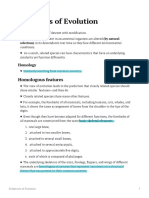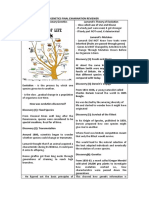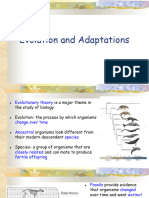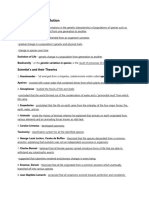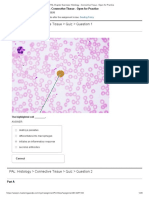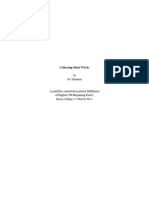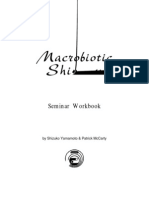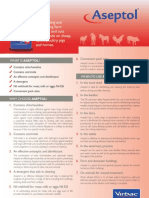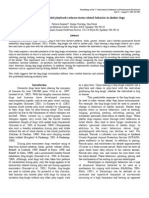0% found this document useful (0 votes)
80 views4 pagesEvolution Insights for Health Studies
Aaa
Uploaded by
52dt2wjsk7Copyright
© © All Rights Reserved
We take content rights seriously. If you suspect this is your content, claim it here.
Available Formats
Download as DOCX, PDF, TXT or read online on Scribd
0% found this document useful (0 votes)
80 views4 pagesEvolution Insights for Health Studies
Aaa
Uploaded by
52dt2wjsk7Copyright
© © All Rights Reserved
We take content rights seriously. If you suspect this is your content, claim it here.
Available Formats
Download as DOCX, PDF, TXT or read online on Scribd
/ 4


